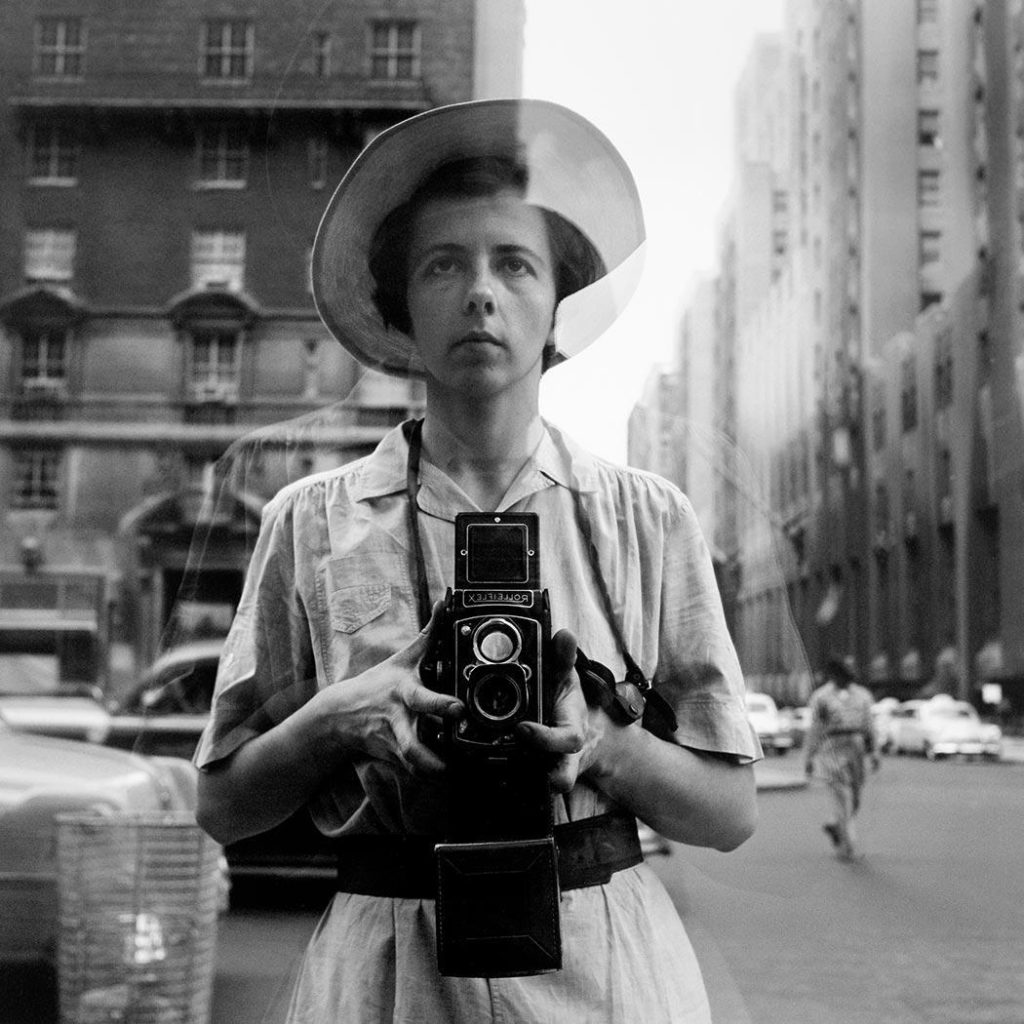What is Photojournalism?

Photojournalism in a nutshell
What is photojournalism? According to the Merriam Webster dictionary, “journalism in which written copy is subordinate to pictorial usually photographic presentation of news stories or in which a high proportion of pictorial presentation is used.” [i]Photojournalism has distinguished itself from other forms of reportage photography by being able to stand on its own, in other words, photojournalism is growing more than before. Different than documentary photography, art photography, and even street photography photojournalism is captured in the moment and not staged as well as it roams around big news.
When it comes to making a living as a photojournalist some are freelancers, they basically sell their photography/stories to publications and take up assignments for those publications. According to World Press Photo That type of work is not always reliable. Many photojournalists also go forward and get an agent, this is an element that is important. When working as a freelancer you also get to discuss payments for your work and discuss all the buisness elements that go with it, when you have an agent they take care of all that for you and look for your best interest and theirs as well.
There are also professional organizations that help and represent photojournalist. One of these organizations is Reuters. Reuters is an international news organization who provides financial and logistical support for photojournalist early in their careers. According to an article Reuters offers grants of $5,000 to help fund assignments and projects that will advance the recipients’ experience and skills as well as increased exposure for their work, with Reuters distributing photos from their assignments across the global platforms. [ii] Another great organization is the National Press Photographers Association (NPPA). According to their website, “The NPPA is an active advocate for the legal rights of visual journalists.”[iii] They work with issues concerning to the first amendment such as drone regulations, copyright, access and credentialing, cameras in court, unlawful assault on visual journalist and recoding’s of events and issues of public interest which is why this organization is so important.
Many people wonder, when did photojournalism begin?
According to the article A Brief History of Photojournalism (2019) the first printed journalistic photos had to be interpreted from engravings. This practice started in 1853 when the first known photojournalist landed on the scene. Carol Szathmari, a Romanian painter and photographer, documented the Crimean war (1853-1856) which was a military conflict in which the Russian Empire lost to an alliance of the Ottoman Empire, France, Britain and Sardinia. This technique was later used in the American civil war as well to print in Harper’s Weekly.
Fast forward in time and we get into the “Golden Age” of photojournalism. Considered to be roughly the 1930’s through the 1960’s this was possible through the development of the compact commercial 35mm Leica camera in 1925. Three noteworthy photographers of this time are Walker Evans, Dorothea Lange and Gordon Parks. Some of their work is also found within the article A Brief History of Photojournalism. Evans documented the lives of ordinary people for fifty years. Lange also documented ordinary people and is the person responsible for the famous photo that came to be known as the “migrant mother”, taken during the great depression of a mother with her children in black and white. Parks was the first African American recognized as an important photojournalist and a contributor to Life magazine. He documented major leaders of the Civil Rights movement such as Martin Luther King and Malcom X. [iv]
When it comes to publications or
sources of photojournalism my most favorite and who I think is doing the the
best work is National Geographic. The images are so well done and easy to look
at. They put enough photography in their publication that people can enjoy. I
personally love looking at the work they put out because most of it is not
staged and there is emotion in the faces of the people they photograph. With
the different photographers they do have you get a variety of styles and focus
points in the photography’s.
A
photographer I admire is Vivian Maier, not sure if her work would be considered
photojournalism, even though in her lifetime she never considered herself a
photographer I admire how she always had her camera ready to go. Maier’s work
was very real, not staged it was an honest truth of people and their everyday
lives. I like looking and making photography of people in a natural state. Her
photography is mainly people out in the street, if something caught her
attention she would take that picture, its something I admire and wish I could
just do not because I had to but because I simply wanted to.
[i] https://www.merriam-webster.com/dictionary/photojournalism
[ii] https://www.reuters.com/article/rpb-photogrants/reuters-photojournalism-grants-the-first-year-idUSKCN1LK1OU
[iii] https://nppa.org/advocacy
[iv] https://www.lightstalking.com/a-brief-history-of-photojournalism/







